Pocket Tracks
Adding special types of tracks at key locations in the system will provide more flexibility to the overall system.
- Pocket tracks: allow trains to turn back in the direction from which they came (short-lining), gap trains to be stored until placed in revenue service, and the staging of track equipment until nighttime trackwork
- Crossovers: allow trains to single track during incidents or nighttime trackwork
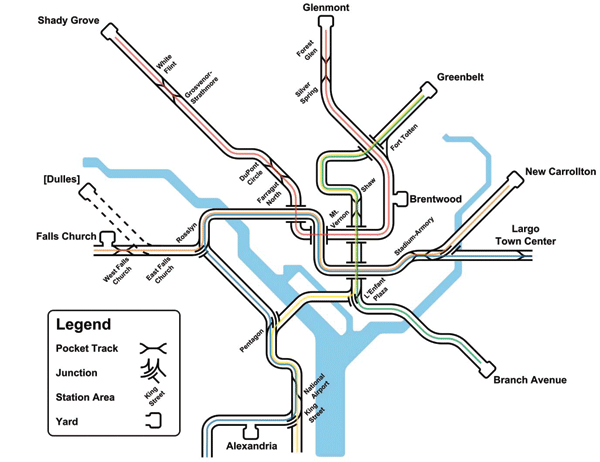 Purpose and Need
Purpose and Need
The Metrorail system includes various single- and double-crossovers and additional ones will shorten the distance of single tracking. The system also has seven mid-route turnbacks, each of which is configured to operate as a third or “pocket” track capable of storing an eight-car train. To improve efficiency and reduce operating costs, certain lines could utilize a pocket track for a “short-lining” turnback to provide improved service to the highest-demand segments of the line. Other new pocket tracks would allow for storage of gap trains, disabled trains and track equipment. Read more…

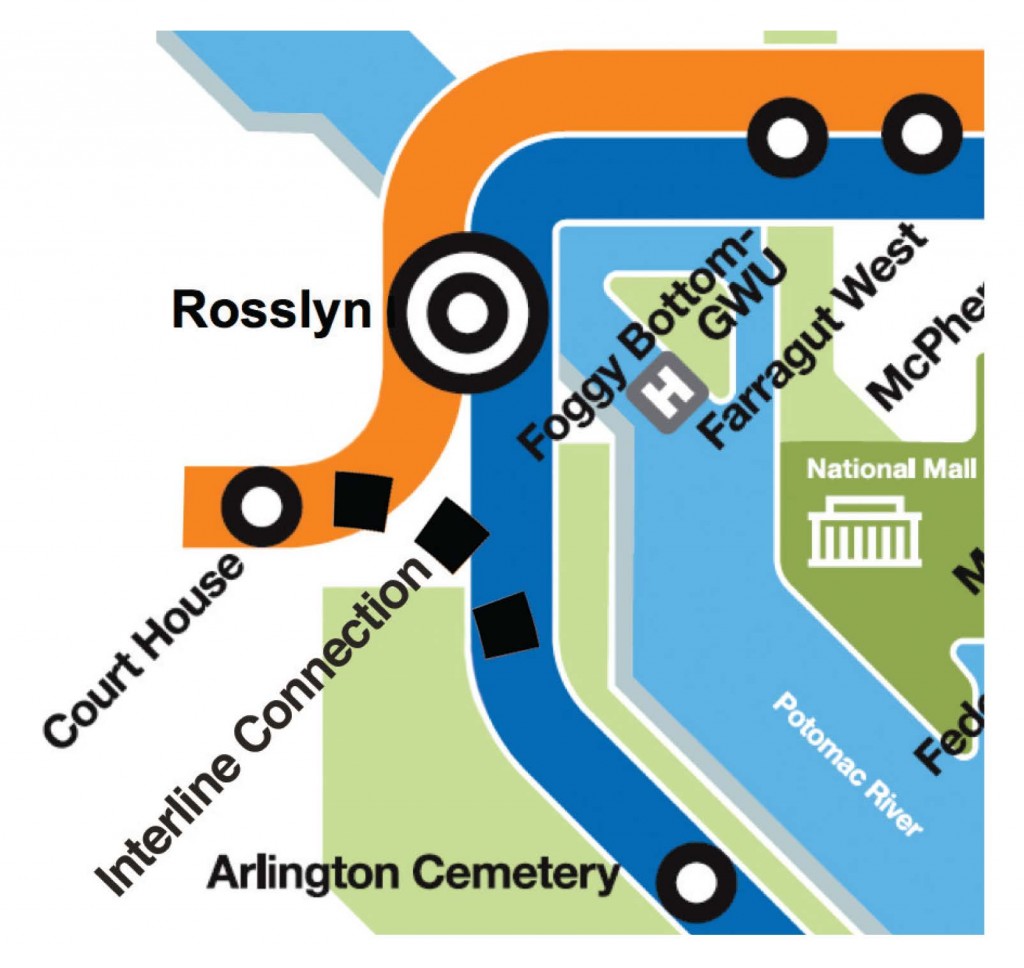
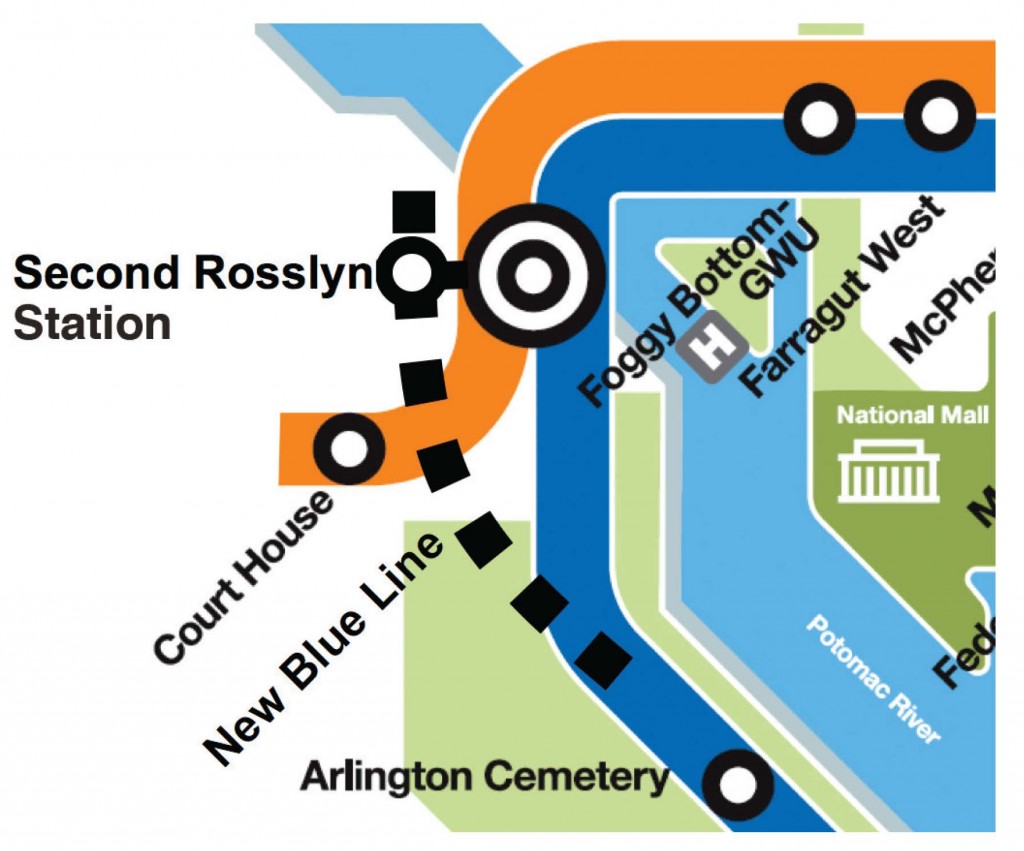
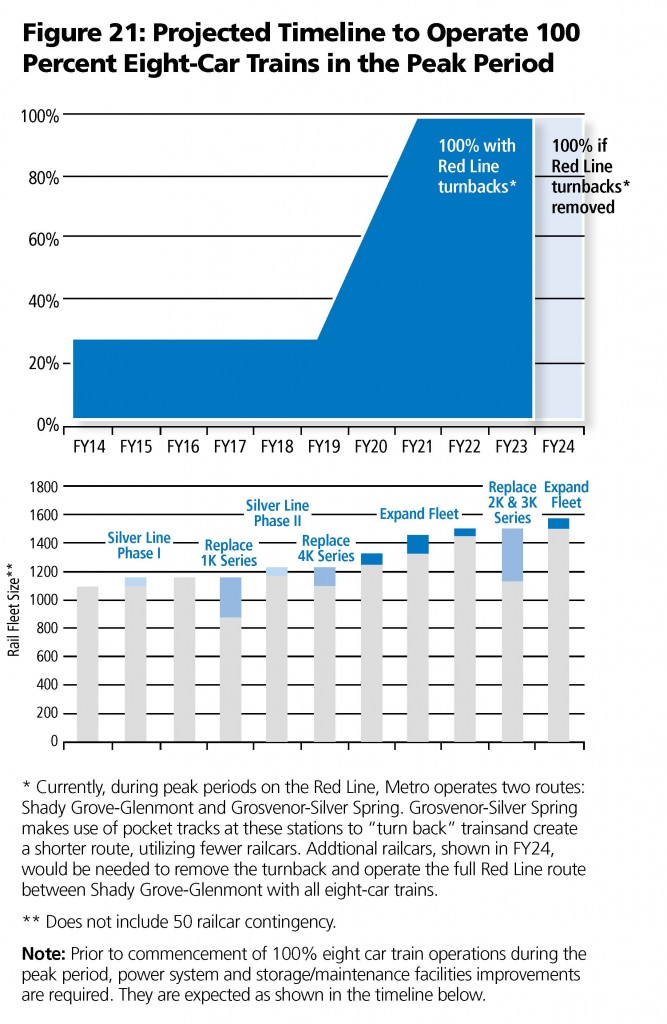
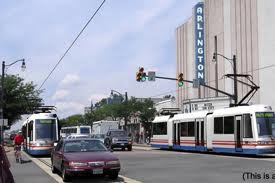
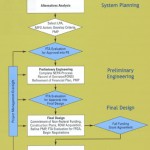

Recent Comments